You’d never guess it by looking at them now, but these three high-powered CEOs weren’t always the super-rich businesspeople they are today. Here are three billionaires who got there the hard way:
Related:
6 tips from Hugh Hefner to boost your business
Twice homeless and now… a billionaire! The story of John Paul Dejoria
8 steps to launching your own start up company in Dubai
Howard Schultz - Starbucks (food and beverage)
He’s the billionaire CEO of the most successful coffee shop company in the world, but success certainly wasn’t handed to Howard Shultz on a silver platter.
Born in 1953, Shultz was brought up in the tough neighbourhood of the Bay View social housing project in Brooklyn, New York. His mother, Elaine, was a receptionist and his father, Fred, worked long hours in a range of low-paying manual jobs. While the Shultz family wasn’t well-off, they were earning just enough to keep their heads above water. However, when Fred broke his ankle, meaning he was unable to work, the family fell on such hard times that some nights they struggled to put food on the table.
Despite a difficult childhood, it soon became clear that Shultz was an extremely talented sportsman, so talented in fact that he was able to earn a football scholarship to North Michigan University. The family was still struggling, so to fund himself through school Schultz worked at a bar, took out loans and even occasionally sold his own blood!
Although it was Shultz’s sporting skill that got him to university, it was his business acumen that began to shine through, as immediately after graduating in 1975, he was hired in the sales and marketing division of Xerox, then, after four successful years and aged just 26, he was recruited by a Swedish housewares company to be Vice President of their American subsidiary, Hammerplast USA.
During his time at Hammerplast, Shultz noticed that a small Seattle-based company was buying more coffee filters than the major supermarkets. Intrigued, he decided that he needed to go and see what this company was up to, so he hopped on a plane and paid a visit to Jerry Baldwin, Gordon Bowker and Zev Siegl: the three founders of Starbucks.
In the following years, Shultz would go on to accept a position working at Starbucks, leave to form his own chain of successful Milanese-inspired coffee shops named Il Giornale, and then return, using the money he’d earned from his own venture along with capital raised by investors, to buy Starbucks for himself.
Nowadays, with more than 21,000 stores worldwide, Starbucks Coffee is so ubiquitous it seems that, no matter where you are, a coffee shop bearing that famous green and black ‘siren’ logo is never far away. And as for Shultz, he has an estimated personal net worth of more than $2.4 billion.
Zhang Xin - SOHO China (Real estate)
From a skinny teenager working 12-hour shifts in a dirty Hong Kong sweatshop to one of the world’s richest and most powerful women, nobody could have predicted the stunning turnaround that has occurred in Zhang Xin’s life.
Born in Beijing in 1965, Xin spent her childhood in a gloomy apartment block on the outskirts of the city purpose-built to house the families of Chinese factory workers. At the age of 14 she moved to Hong Kong with her mother, living in a single tiny room barely big enough to fit in a bunk bed, and working long hours in a grim factories producing everything from clothing to electrical components.
Xin spent five long years hopping from factory to factory, working at whichever one would pay the best - even though none of them paid any more than a pittance - and eventually saved up enough money to buy a flight ticket to London. She wasn’t exactly sure what she wanted to do, just that she wanted another life from the grim world that lay inside the factory walls.
Through scholarships and government grants, Xin secured a place studying economics at the University of Sussex at which she performed so impressively she was accepted by Cambridge University to study a Master’s Degree.
After her studies, Xin landed a job with Goldman Sachs in New York, and by 1994, she’d returned to China in search of her own business opportunity. Looking to go into property, she met with a man called Pan Shiyi, who’d come from an even poorer background than her and had just started his own company, SOHO China, and the pair went 50/50 on the business.
Now Zhang Xin is worth an estimated $3.6 billion - that’s just less than Donald Trump - and her SOHO China is the largest real estate developer in China. Oh yeah, and she just so happens to be married to her business partner Shiyi.
A SOHO China development designed by Zaha Hadid Architects.
George Soros - Soros Fund Management (finance)
As upbringings go, it doesn’t get much tougher than the one George Soros was forced to endure. The son of a lawyer, Tivadar, and shop-owner, Elizabeth, Soros had a good start in life, however in 1944, when he was just 13 years old, Nazi Germany invaded his native Hungary, turning his whole world upside down.
As Nazi troops swarmed around Budapest, thankfully Tivadar had a plan, and he quickly arranged false identities for everyone in the family, sending young George into hiding, paying an employee at the Hungarian Ministry of Agriculture to pretend he was his godson. Soros spent almost a year hidden away from his family, and even survived the gruesome Siege of Budapest, in which around 38,000 civilians died during a deadly battle between the Soviets and the Germans.
Once the war was over, a 16-year-old Soros left Hungary for England, where he’d go on to spend nine years studying at the London School of Economics, supporting himself by working as a waiter, night porter and even a travelling salesman, selling whatever wares he could get his hands on.
Budapest was a war zone while Soros was growing up.
After graduating in 1952, Soros managed to secure an entry-level position at merchant bank Singer & Friedlander. He worked there for four years with some success before moving to New York City and continuing his career in finance, rising up the ranks until he was named Vice-President of investment bank Arnhold and S. Bleichroeder.
As VP of Bleichroder, Soros had already guaranteed a comfortable existence for him and his family, but not content with simply being “comfortable”, in 1973, Soros decided to get into the world of hedge funds, establishing the now legendary Quantum Fund.
The fund was a great success, paying its investors handsome dividends throughout the 1980s and early 1990s, but Soros’ real masterstroke came on September 16, 1992, the day we all now know as Black Wednesday. Using his revolutionary theory of reflexivity, he managed to earn more than $1 billion profit for the fund in a single day, by predicting that the British pound sterling would suffer a sharp decrease in value, and short-selling the fund’s vast stocks of the currency.
Now, with an estimated net worth of $24 billion, George Soros sits much more than “comfortably”, as the 26th richest person in the world. Hitler must be turning in his grave.



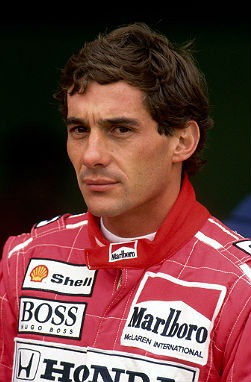




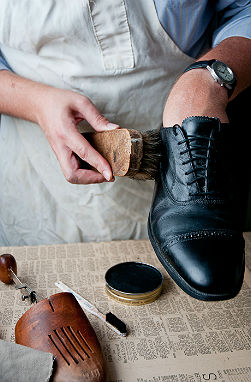
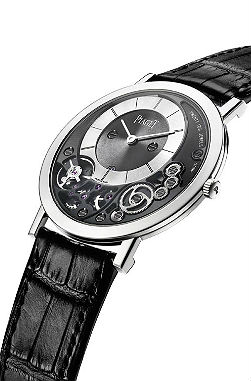




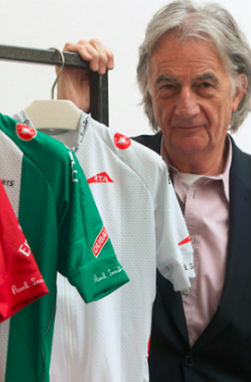
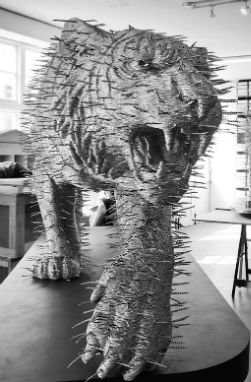

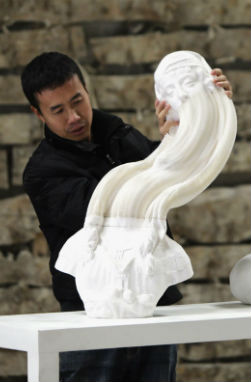




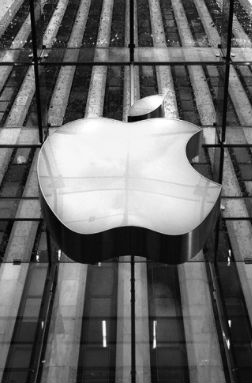




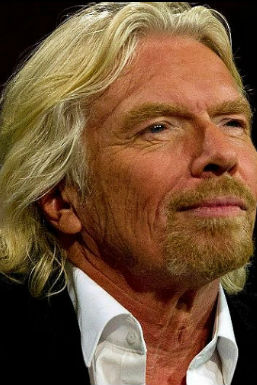
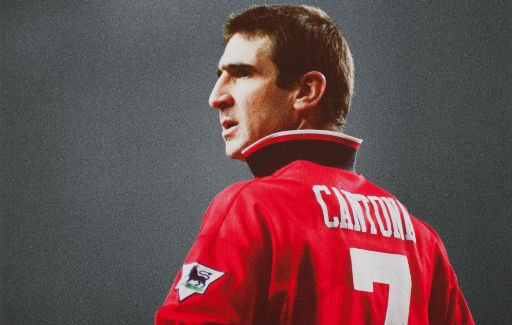


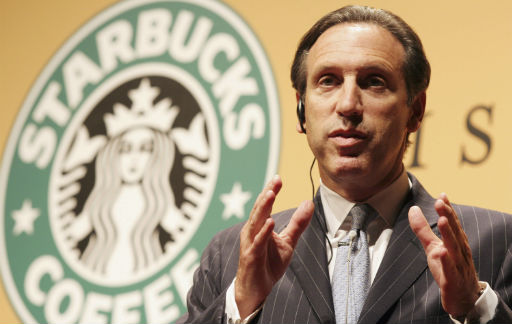

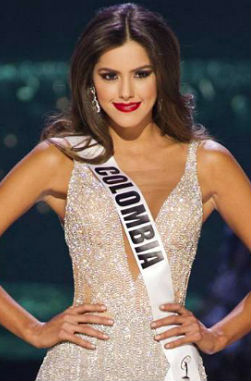
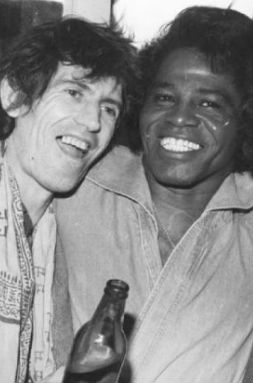


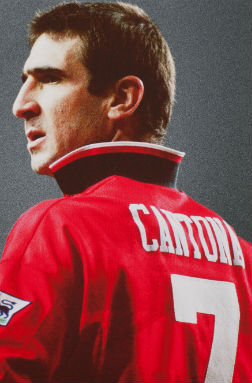



SHARES
Comments